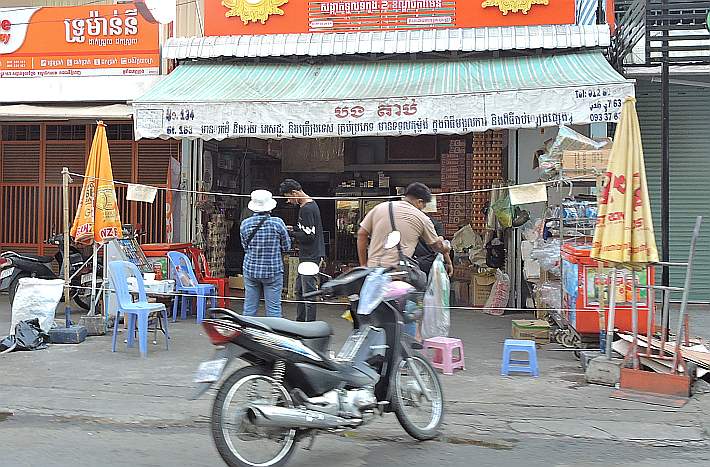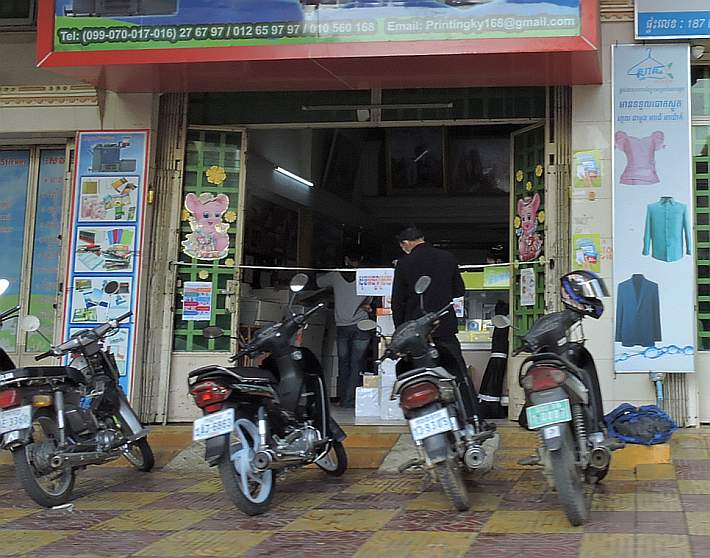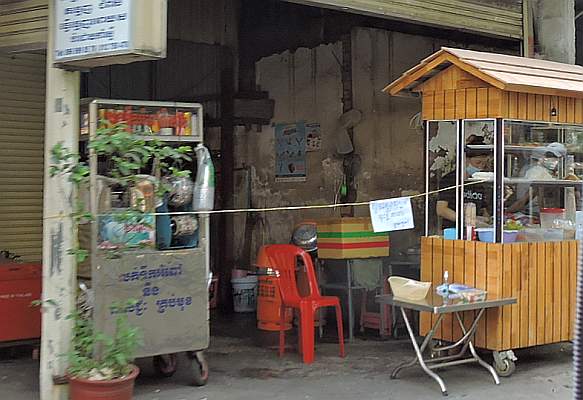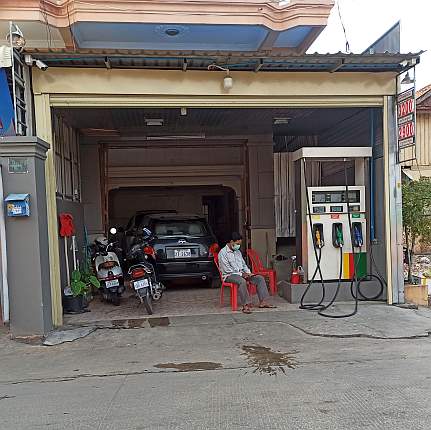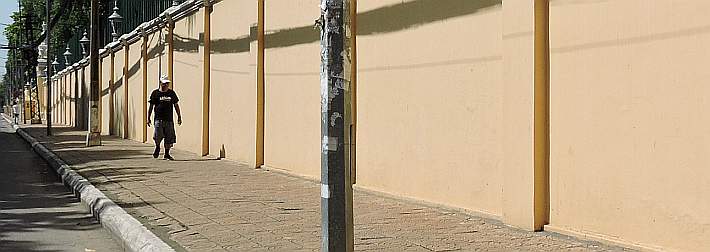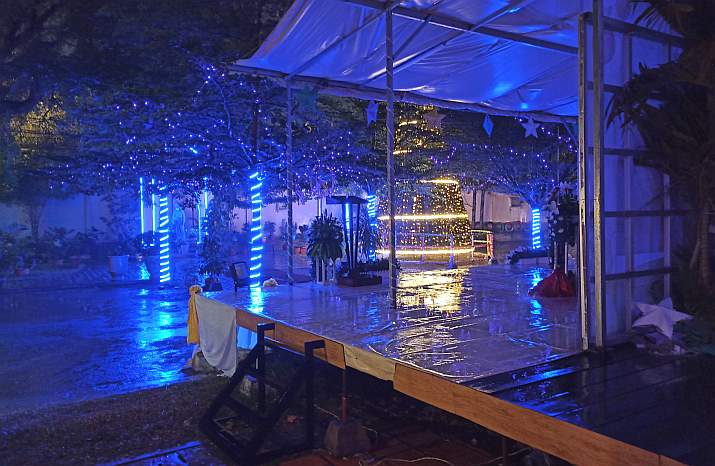
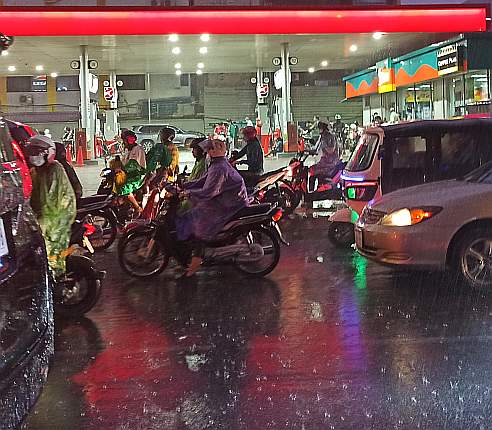
Charlie Dittmeier's Home Page


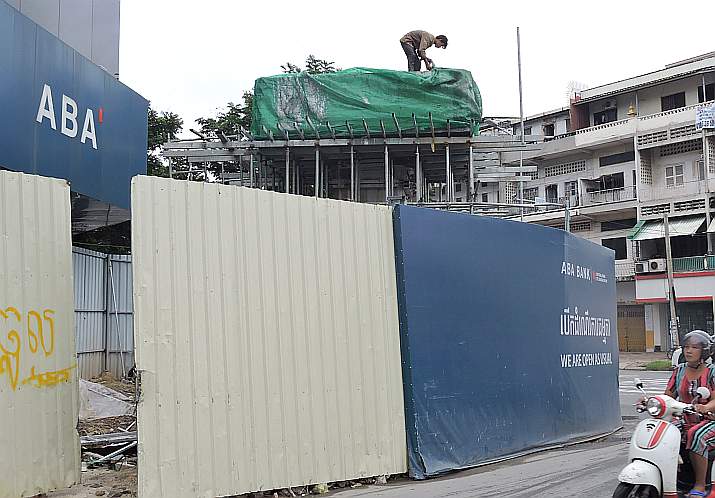
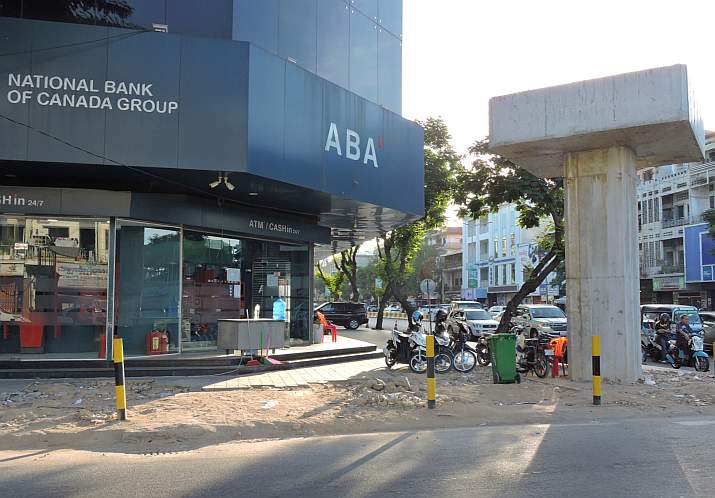
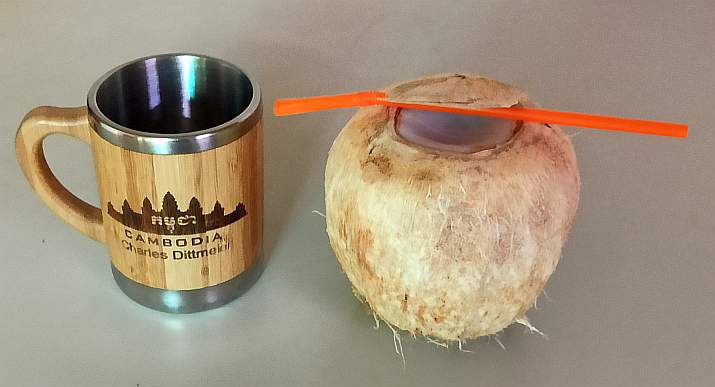
When Cambodians want something to quench their thirst, their go-to drink is a fresh coconut. It’s refreshing, not overly sweet, and really healthy–and cheap. Not long ago I posted a photo of a man selling coconuts from his cart. There you can see the big, thick husks of the coconuts as they come from the trees. The one above has been chopped with a machete to remove most of the husk and then rounded off with an electric grinder to make it even more attractive and easier to drink. Not a bad deal!
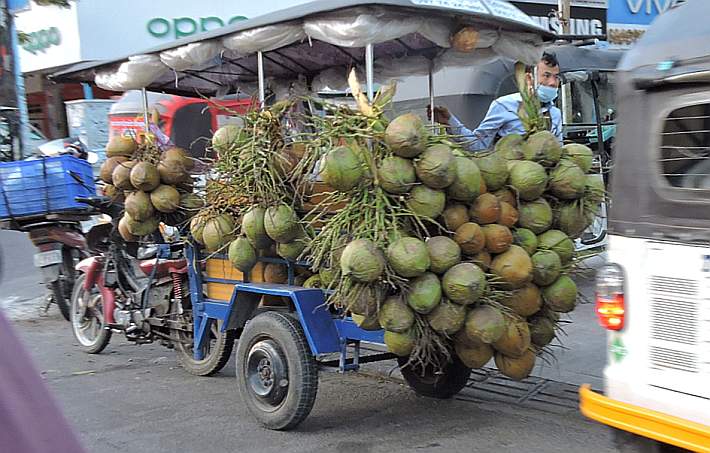
There’s a whole lot of coconuts here! And there’s a whole lot of demand for them. Cambodians would much prefer to buy a coconut to drink on the street rather than go for a Coke or other soft drink.
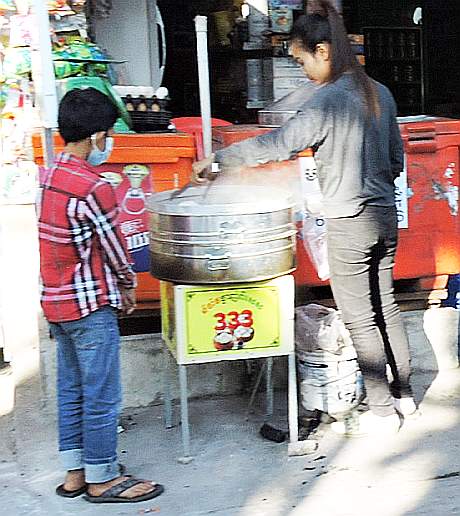
In the United States, strip malls are not uncommon–a long line of individual businesses set side-by-side along a block of busy street or highway, with room for parking left between the street and the stores.
Cambodia doesn’t have strip malls, but we have strip markets. Here is one section of street along the wall of a Buddhist wat (pagoda). It’s a narrow street and there is no sidewalk, but fruit and vegetable sellers managed to squeeze in boxes of their wares.
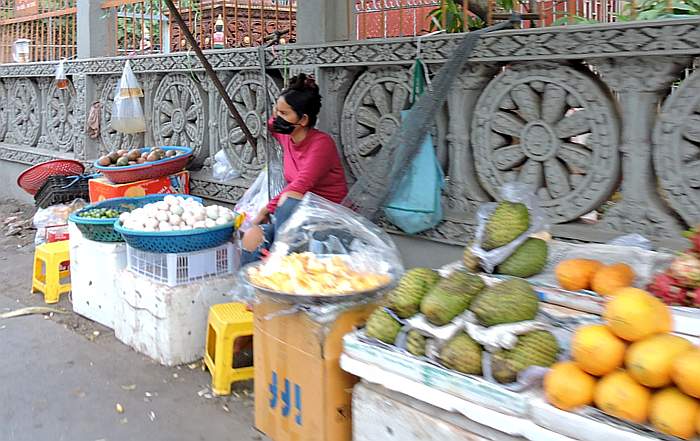
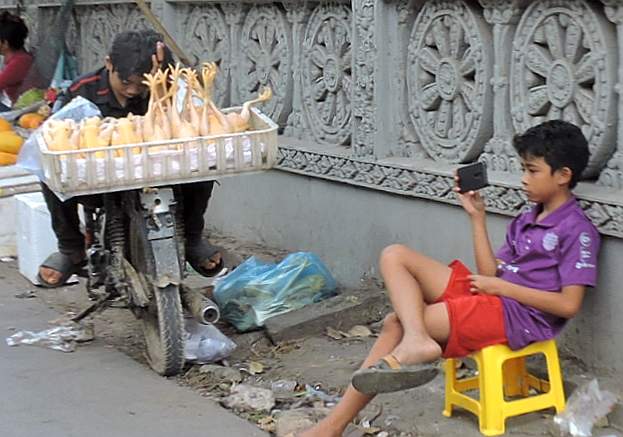
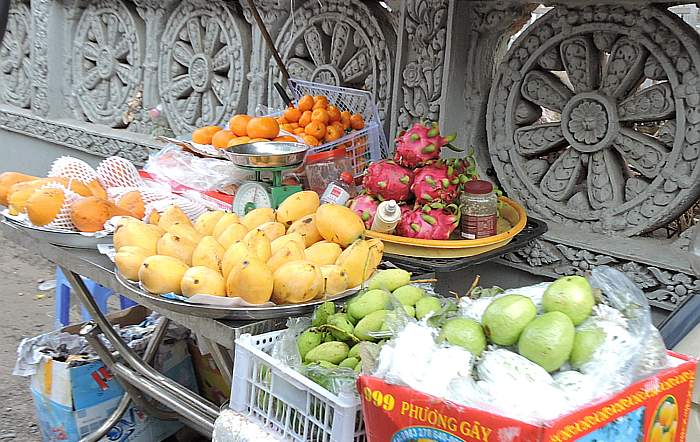
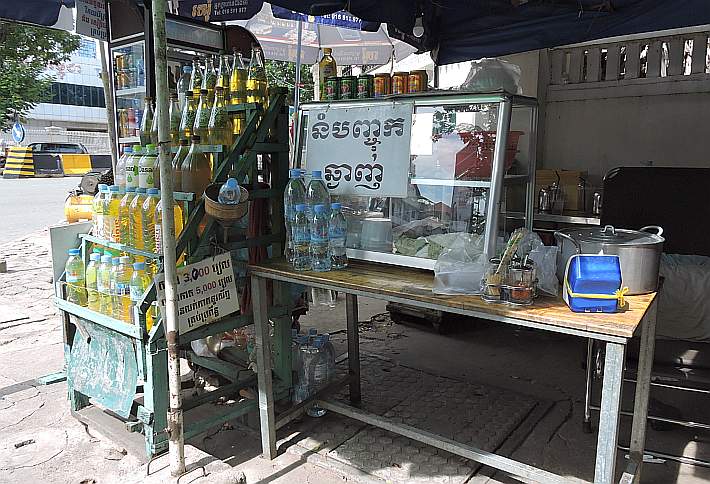
In the first officially recorded community transmission of the COVID-19 virus in Cambodia, 40 infected persons have been identified by contact tracing. Two or three new infections are discovered every day during the past two weeks, and that has frightened Phnom Penh-ers. More people are wearing masks now and more shops have blocked access to their establishments.
